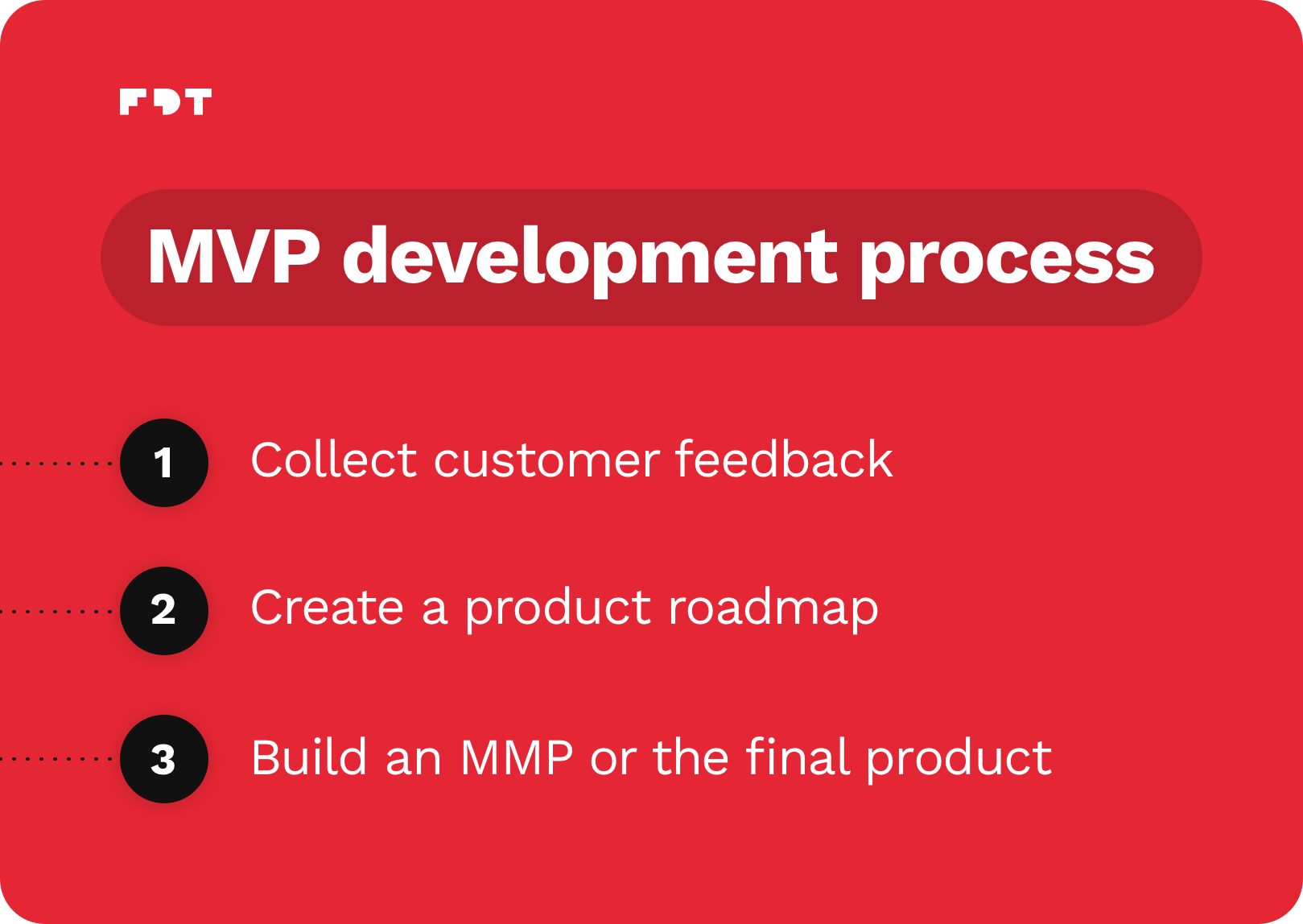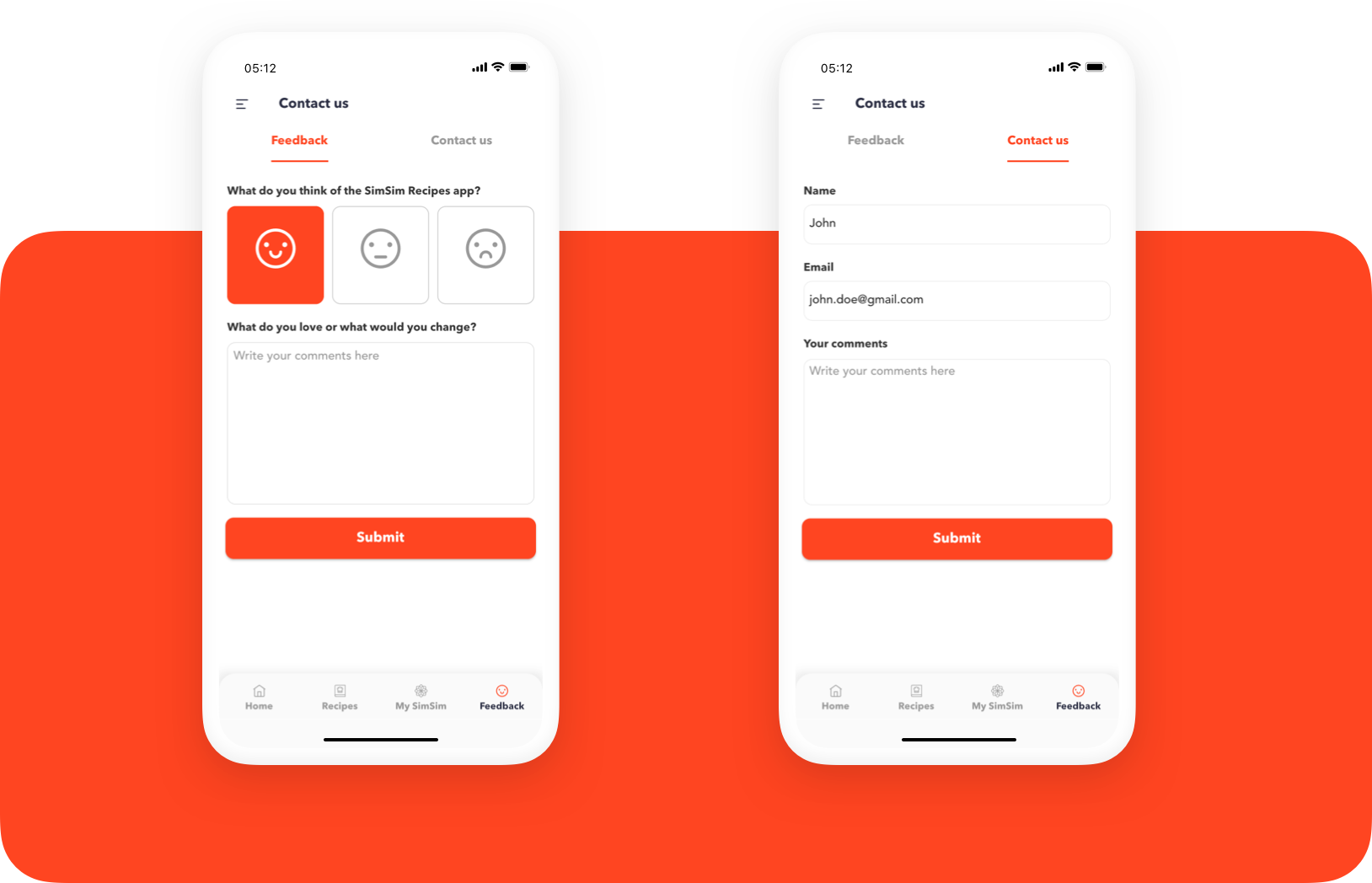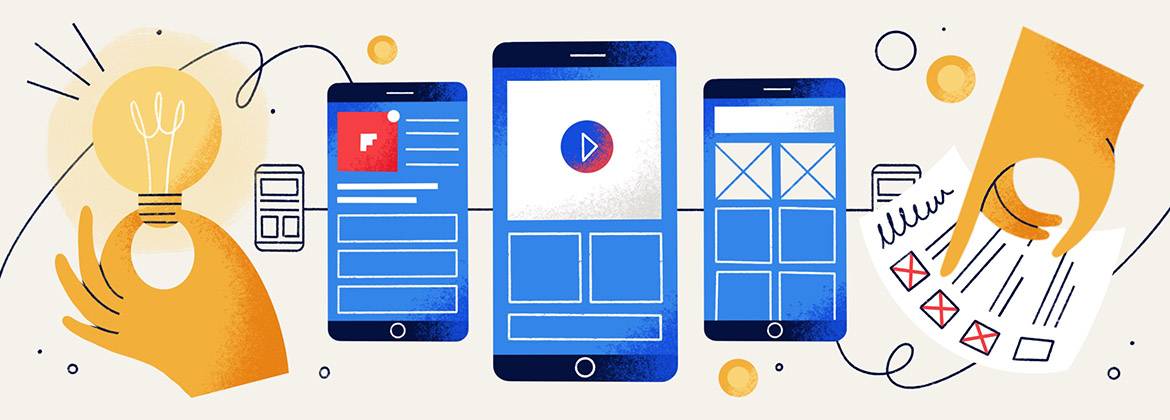
What’s next after the MVP?
What's next after the MVP?
Let's assume that you validated your app idea with a minimum viable product, got your first users and the future is bright. What are the next steps you should take to grow your business? In simpler words, what should you do after building the MVP? That’s what you’ll find out in this article.
Contents
What’s an MVP in software development?
To move forward in our considerations, let's go back for a moment and focus on what an MVP is and what its objectives are in software development projects. MVP is a minimum viable product, which means a mobile app with only minimum features (necessary set of features). You can build this kind of app to save money and to see if the product idea was a good one. It’s not much different from any other mobile app. It simply contains less features than a complex solution and can have a simpler design. Usually when building a minimum viable product you aim to expand it later. Of course, if the first version met your and users’ expectations.
Purpose of MVPs
So basically, the minimum viable product is all about providing customers with the most important features that solve their problem(s), releasing the product as soon as possible and checking if it fits the market. That’s what startups often do to cut costs and check if their solution is a good fit for the market.
Read more about a minimum viable product, its advantages and why it’s worth building in this article.
The next development process
The future MVP development process might go like this:
- Collect customer feedback
- Create a product roadmap
- Build an MMP or the final product.

Get the feedback
The first thing you should do is to allow the early adopters (first users of your app) to give feedback on it. Your task will be to study it comprehensively and analyze things such as which features they:
- like
- find unnecessary
- think are missing and would like to see in your app
How to do it? There are many ways to know users’ opinions about your mobile app. First, you can simply ask them in the app to fill in a survey.
For example in SimSim Recipes app, there is a separate “Feedback” section where users can share their opinion on what they think, what they love and would change in the app.

Users also often share their insights and observations on mobile app stores and in social media. Remember though, that it’s better to ask for opinion before you require it, so it’s best to reach out to the users of your app first to get the real user feedback.
You create an app precisely for your target audience, for their needs, for their convenience. Only when users are satisfied, keep using the app and perhaps are also able to pay for it, then you and your company make money. That is why their opinion is the most important thing here.
How to use customer feedback?
What are user reviews actually useful for?
The more you will be able to extract from the content of your customers' opinions, the easier it will be to decide how the product should look like and what features it should include. Maybe some features were in fact unnecessary and others will be worth developing, or maybe users will point out some errors that need to be eliminated.
As a result, customer feedback will help you build a wonderful product tailored to the customer's needs. You will learn which features are the most valuable for users and at the same time it will be a hint on what should be included in the MMP version.
The role of early adopters
No matter which popular app you’re considering, you’ll see that in software development it’s all about collecting and analyzing data about users and, simply, developing the product according to customer demand all the time. TikTok, Facebook, LinkedIn… and many others weren’t “full” at the beginning. These products initially had fewer features and did not meet all target requirements. When they were published, they solved only part of the target users' problems. There was also not a large audience. And this is not a bad thing, quite the contrary. MVP should attract the early adopters and above all enable you to gather feedback from them. New features implemented one by one, well planned, solving more problems and fulfilling more and more user needs will bring success to your app.
Product roadmap
Based on the above, you can plan the product roadmap for further development of your MVP. It’s a shared source of truth that outlines the vision, direction, priorities, and progress of a product over time. It's a plan of action that aligns the organization around short and long-term goals for the product or project and ways to achieve them.
All the features to be added in your app should be well-thought out and planned with the whole team, after gaining feedback from users. That’s why creating a product roadmap is crucial in every software development process.
Product roadmaps include:
- Strategic goals
- Key releases and features
- User stories
- Epics
- Overall timeline.
Features to be added to Minimum Viable Product
When preparing a product roadmap, decide which features should be created next and which ones will be important not only from the product perspective but also from the user perspective. As mentioned above, you should prioritize and decide which features are the key ones and need to be created, released and updated first.
All this to reach the target audience who will see enough value in your app and will be willing to pay for it. Gathering feedback, as mentioned in one of the previous sections, is very useful in this regard as well.
Some features can be very extensive, so it will be worthwhile to spread their implementation over a longer period of time and release a trimmed version at the start.
For example, in a jogging app, the target version of the app could be one that shows us a map with the route, the number of kilometers run on the route, the pace and a comparison with the best historical result.
Implementing all these features would take many weeks, so it is best to divide it into smaller releases. For example, the first version could introduce only the statistics of kilometers already run and the pace, in the next version there could appear a map with the route and in the next version: the comparison with the record, etc.
MMP (minimum marketable product)
At this stage, you can already think about the MMP – the minimum marketable product. This is a version of the app with a still limited feature set, but closer to the final version. And most importantly, with an implemented monetization strategy, thanks to which you can already earn your first money and invest it in further business development. A minimum marketable product is also called the minimum marketable feature (MMF) or a minimum marketable release.
All in all, it can be an MVP you make money on. Minimum marketable product is closer to the final product as it has a set monetization strategy, but it doesn’t mean it’s the end of testing. To be honest, you can never say that testing of the product is over. If you collect user feedback and strive to develop the app to make customers love it, you should keep checking and analyzing the results and keep testing all the time.
What should you focus on while building your minimum marketable product?
- Constantly collect customer feedback,
- Take care of marketing and promotion to grow your user base,
- Implement new features.
Minimum marketable product development
Again, it’s not necessary to create an MMP, just like you don’t have to build an MVP for your business to become successful and profitable. You can go straight to a complete product if you’re convinced that your business idea is very well-thought and after a deep market research you are sure about the target customers, your competitive advantage etc.
However, being a startup or creating an app for the first time, it’s highly recommended to create the first version of the app, engage early adopters to provide their feedback, listen carefully, test the core idea, analyze the results and then think about further development. All at the lower cost!
A minimum marketable product can simply let you test the idea and make money on it at the same time, so you don’t have to generate losses.
Conclusion
Whether your goal is to attract investors or turn an app into a business on your own, getting customer feedback early in the product development process is crucial. Implementing more key features will help you build a valuable solution that you can monetize. Some people call MVP and MMP a minimum lovable product and they’ve actually got the point. The purpose of MVP development is basically to satisfy early adopters, make them love the product with basic functionality, so they can love it even more and recommend it to others once it’s expanded.






